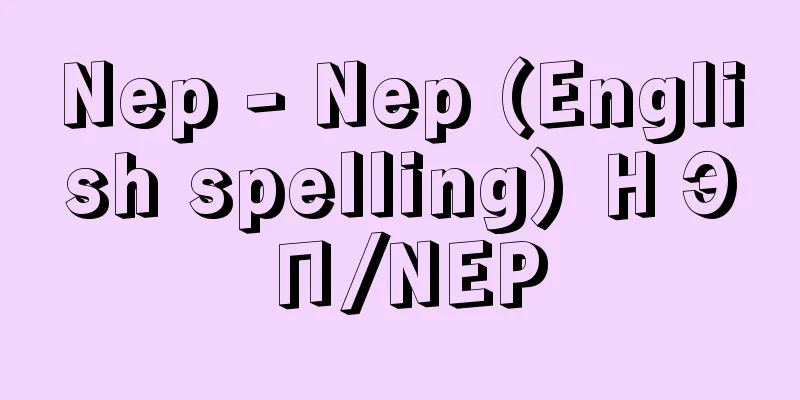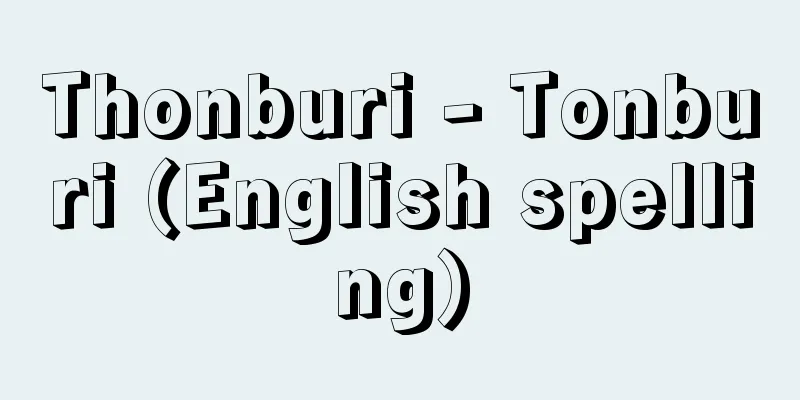Nep - Nep (English spelling) НЭП/NEP

|
Abbreviation for Novaya ekonomicheskaya politika (Russian). A system of economic policies implemented by the Soviet state from 1921, so named in contrast to the preceding War Communism. Around the beginning of 1921, Soviet Russia was in extreme devastation and economic exhaustion due to the continuous pressure, turmoil, and confusion of World War I, the 1917 Revolution, the civil war, and foreign military intervention. Industrial production had fallen to about one-fifth of prewar levels, and agricultural production to nearly 60%, leading to growing public discontent, especially among the peasant class, which made up 70-80% of the population, who distrusted the government. The Russian Communist Party and the government were forced to make a dramatic shift in economic policy to overcome this critical situation. First, the food requisition system, which was seen as a symbol of wartime communism, was abolished and a food tax in kind was introduced. After the failure of the initial attempt at organized commodity exchange, the disposal of surplus grain after tax payment was left to the discretion of the peasants, and the tax in kind was gradually replaced by monetary payment. Thus, the relationship between cities and rural areas came to be dominated by commodity economic ties (smychka), which encouraged the strengthening of the material interests of peasants as small commodity producers. On the other hand, state-run industries were reorganized into trusts and moved to the commercial accounting system, and some enterprises were reprivatized, legalizing small and medium-sized private commercial and industrial operations. In 1925/26, the private sector's share of industrial production reached 27.1%, but during this time important economic areas known as the "control heights," such as large-scale industry, banking, transportation, foreign trade, and land, remained in the hands of the state. After overcoming the price panic of 1923 and successfully implementing monetary reform the following year, economic recovery proceeded smoothly overall. In that sense, the NEP was successful. However, it faced new and difficult challenges, such as the subsequent rebuilding of industrial fixed capital and the restructuring of agricultural management, which put the NEP to the test. There are various theories about the end of the NEP, based on different views of the NEP. For example, the conventional view that NEP was a normal economic policy during the transition to socialism places the end at the mid-1930s, while the view that it was a retreat for the sake of economic recovery and the revival of capitalism places the end at 1926-27. From the viewpoint that emphasizes the commodity economic link between cities and rural areas as the foundation of NEP, the end is considered to have been around 1930, when forced agricultural collectivization began. [Akira Kadowaki] "Studies on the NEP Economy" edited by Hiromasa Nakayama (1980, Ochanomizu Shobo) " "Studies on the Transitional Economy" edited by Akira Kadowaki and Hiroshi Arata (1975, Nippon Hyoronsha) " "Collected Works of Lenin, Vol. 32 and 33, translated by the Collected Works Publishing Committee (1959, Otsuki Shoten)" [References] | |Source: Shogakukan Encyclopedia Nipponica About Encyclopedia Nipponica Information | Legend |
|
新経済政策Новая экономическая политика/Novaya ekonomicheskaya politika(ロシア語)の略称。ソビエト国家が1921年から実施した経済政策の体系で、先行する戦時共産主義との対比でこうよばれた。21年初めごろのソビエト・ロシアは、第一次世界大戦、1917年革命、国内戦と外国軍事干渉という打ち続く重圧、動揺、混乱によって、極度の荒廃と経済的疲弊を経験していた。戦前比で工業生産は約5分の1、農業生産はほぼ6割に低落し、国民の不満、とりわけ人口の7~8割にものぼる農民層における政府不信が増大していた。ロシア共産党と政府は、この危機的状況を打開するために経済政策の劇的な転換を余儀なくされた。 まず、戦時共産主義の象徴とみられた食糧割当徴発制が廃止され、食糧現物税が導入された。納税後の余剰穀物の処分は、当初試みられた組織的商品交換の失敗後、農民の自由にゆだねられ、さらに現物税もしだいに貨幣納入に置き換えられた。こうして、都市と農村との関係は商品経済的結び付き(スムイチカ)が支配するようになり、小商品生産者としての農民の物質的関心の強化が促された。 他方、国営工業はトラストに再編成されて商業計算制に移り、また一部の企業は再私有化され中小規模の私営商工業経営が合法化された。1925/26年には、工業生産中の私的セクターの比重が27.1%まで達したが、この間にも大工業、銀行、運輸、外国貿易、土地などの「管制高地」と称された重要な経済領域は、国家の掌中に握られていた。 1923年の鋏(はさみ)状価格差恐慌の克服、翌年の貨幣改革の成功を経て、経済復興は全体として順調に進行した。その意味でネップは成功を収めた。だが、その後の工業固定資本の再建、農業経営の改造といった新しい困難な課題を前にして、ネップは試練に直面することとなった。 ネップの終期については、それぞれのネップ観に基づく諸説がある。たとえば、ネップを社会主義への過渡期における正常な経済政策とする通説的見解では1930年代なかば過ぎ、経済復興のための退却と資本主義の復活とみる立場からは1926~27年、都市と農村の商品経済的結び付きをネップの根幹として重視する見地からは強制的な農業集団化の始まる30年ごろが、それぞれ終期とみなされている。 [門脇 彰] 『中山弘正編著『ネップ経済の研究』(1980・御茶の水書房)』▽『門脇彰・荒田洋編『過渡期経済の研究』(1975・日本評論社)』▽『全集刊行委員会訳『レーニン全集 第32、第33巻』(1959・大月書店)』 [参照項目] | |出典 小学館 日本大百科全書(ニッポニカ)日本大百科全書(ニッポニカ)について 情報 | 凡例 |
>>: Mechanical equivalent of heat
Recommend
ES Complex
…The catalytic reaction of an enzyme proceeds thr...
Oldenburg, H.
...His major work, Micrographia (1665), which pra...
Basicity (acidity)
For example, weak acids such as HCN, H 3 BO 3 , C...
Acocotlis
...The flower is a head of many tubular flowers w...
Hattarna
…Then, the Baltic countries under Swedish rule al...
Mr. Saji - Sajiuji
A samurai family from the late Middle Ages. Accord...
Boomslang (English spelling)
A venomous snake belonging to the Colubridae famil...
School play - School play
A comprehensive educational activity that allows ...
Semicarbazido
...The general formula is RCH=NNHCONH 2 or RR′C=N...
Sim Hun (English name)
1901‐36 Korean poet and writer. His real name was ...
Fukurokuju
One of the Seven Lucky Gods. Also known as Fukuro...
nalukatoku
...This figure is almost the same as that of an 8...
Anoplura
…Any of the parasitic insects belonging to the or...
extract
…(1) Essential oil (volatile vegetable oil) Obtai...
Urbanus VI (English name) Urbanus VI
…This happened just after the Papacy returned fro...









